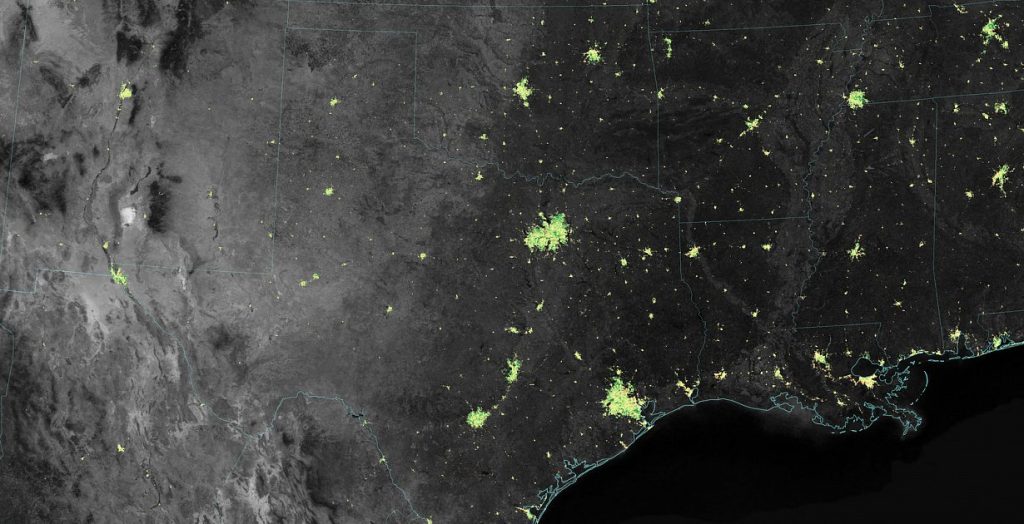Satellite images of Earth at night not only show the spread of human settlements, but the power of illumination also gives scientists information about the infrastructure, population density or economic development of a place. In a study in the journal Nature Communications, researchers now show how the opposite – i.e. extreme poverty – can be understood in images. About 20 percent of all settlements remain dark.
How far conclusions about economically less developed countries can be drawn from increasingly accurate Earth observation data has so far received little interest in science, the International Institute for Applied Systems Analysis (IIASA) in Laxenberg near Vienna reported Thursday. The current study was led by researchers led by Ian McCallum or Steffen Fritz of IIASA, and also co-authored by Jesús Crespo Cuaresma of the Vienna University of Economics and Business (WU). Scientists believe that conclusions about economic growth, poverty or distributive justice, especially in areas with little infrastructure, and about which there is sometimes little information, must be drawn from the brightness – or the darkness that prevails there at night.
The results reflect economic data
Its focus was on 49 countries in Africa, Asia and America. Here regional data on household wealth structure was available. The researchers compared this information to satellite images taken at night. After the analysis, conclusions can be drawn about the approximate income of 2.4 million families based on the percentage of settlements that did not emit any visible light from satellites. According to scientists, these results are in agreement with economic data by 87 percent.
If the focus is on the entire world, it was found that in 2015, 19 percent of settlements had little light to see in images from space. This was true for 39 percent of the known settlements in Africa and still 23 percent of Asian villages or towns. This percentage was noticeably higher in rural areas, where the settlements themselves are smaller on the one hand, but also the connection to the electricity network in more densely populated places is sometimes poorly developed. In general, the level of income in an area can be read surprisingly well from the proportion of poorly lit settlements. There were a particularly large number of “dark places” in countries such as the Democratic Republic of the Congo, Nigeria, Bangladesh and Vietnam, but also in industrialized countries such as China.
“By identifying such unlit areas, we can better coordinate anti-poverty measures and find areas where to focus on improving access to electricity,” says Fritz. This is particularly interesting because planning is mostly focused on urban areas. According to scientists, the connection to the energy source will give many people in rural areas the opportunity to free themselves from extreme poverty. This applies above all to South Africa, where efforts to improve the living conditions of many people have been set back for years by the Covid-19 pandemic. The new method can also be used to determine whether industrialized countries are reducing their energy consumption for lighting. (Abba)

“Food practitioner. Bacon guru. Infuriatingly humble zombie enthusiast. Total student.”








More Stories
Kyiv: Russian Kursk offensive halted
US Presidential Election: Former US Government Officials Warn Against Donald Trump's Election
Netherlands wants to leave asylum system